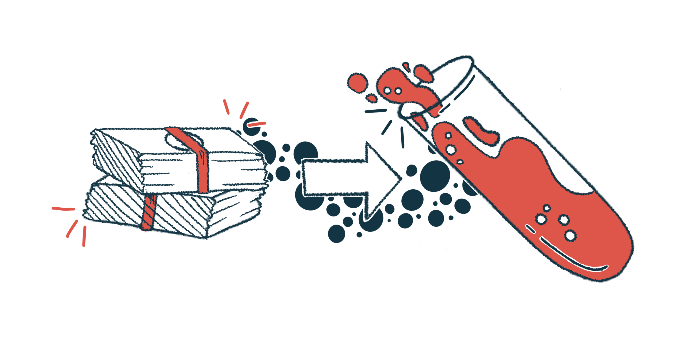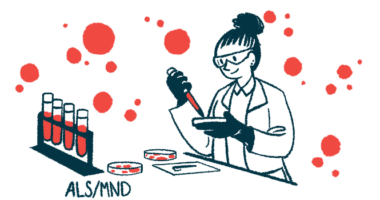ALS Association issues statement opposing planned NIH funding cuts
Nonprofit says 'drastic changes' to funding will undermine ALS research

The ALS Association, a U.S.-based nonprofit whose mission is to help find a cure for amyotrophic lateral sclerosis (ALS), has issued a statement strongly opposing plans for cuts in National Institutes of Health (NIH) funding, saying any such reductions would obstruct progress in ALS research.
The organization also said that possible funding cuts by U.S. government officials that affect other federal institutions would further hinder research into ALS — and cripple public programs that support patients with the rare disease.
The association is now urging supporters to reach out to their U.S. senators and representatives to “Tell [the] 119th Congress: No cuts to ALS research funding.” The ALS Association is asking patients, family members and advocates to share with their Congress members why ALS research is important, and to ask them to step in and reject any proposed budget cuts. In the statement, the nonprofit offers a link for supporters to join its campaign.
“We are deeply alarmed by proposed cuts to research that will deal a devastating blow to the fight against ALS,” the statement says. “Drastic changes to research funding will hinder progress toward turning ALS from fatal to livable.”
The NIH is the federal agency that’s mainly responsible for public health and medical research in the U.S. According to the ALS Association, the NIH and other government agencies are also the largest funders of ALS research, investing more than $200 million per year.
ALS Association calls for supporters to contact their members of Congress
Research grants from NIH now cover two types of costs: direct and indirect. Direct costs go specifically toward personnel and materials needed to conduct scientific research, while indirect costs go to the institution where the work is being conducted to support things like facilities and administrative support.
Each institution receiving funding negotiates with the NIH on what percentage of a grant’s amount it can use toward indirect costs. On average, indirect cost rates have historically been around 27%-28%, with some institutions receiving more than 50% or 60%.
As part of the new Trump administration’s efforts to cut federal spending, the NIH announced on Feb. 7 that it would standardize indirect funding by imposing a cap on such cost rates at no more than 15%. This new policy was to go into effect Feb. 10.
The move was immediately met with legal challenges, and has been temporarily blocked nationwide by a federal court ruling. But that doesn’t officially settle the matter: A hearing on the issue is set for Feb. 21.
The ALS Association believes that reductions in indirect cost funding will make it harder for institutions to maintain the infrastructure needed to support innovative ALS research.
Turning ALS from fatal to livable – and curing it — requires robust investment in research, access to high-quality care, and a commitment to ensuring that every person diagnosed with this fatal disease has the best possible chance at treatment. … We cannot afford to go backward — lives depend on it.
The nonprofit noted that many of the universities and other institutions that could be impacted by the ultimate decision on funding work with the ALS Association to advance research in disease treatment and care. These institutions rely on federal funding to do so, according to the ALS Association.
Possible cuts to other government agencies, including the Centers for Disease Control and Prevention, the U.S. Department of Veterans Affairs, the U.S. Department of Defense, and the Centers for Medicare & Medicaid, could also have a drastic impact on the ALS community, the nonprofit noted.
These institutions support ALS research or fund programs that people living with ALS rely on, the association noted. Among such individuals are military veterans, who are at an increased risk of ALS.
“Turning ALS from fatal to livable – and curing it — requires robust investment in research, access to high-quality care, and a commitment to ensuring that every person diagnosed with this fatal disease has the best possible chance at treatment,” the ALS Association wrote. “We cannot afford to go backward — lives depend on it.”







